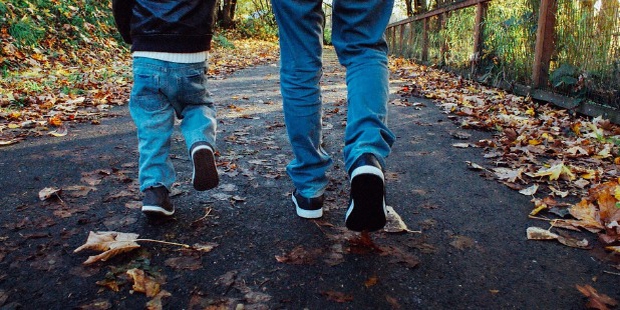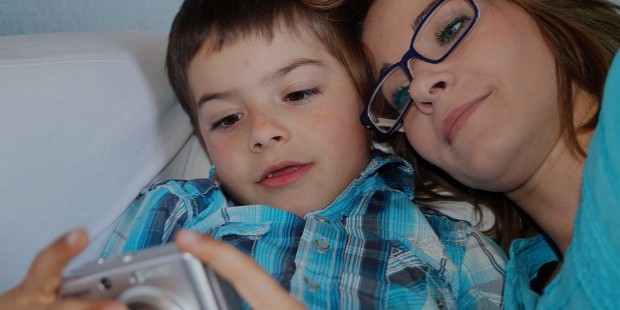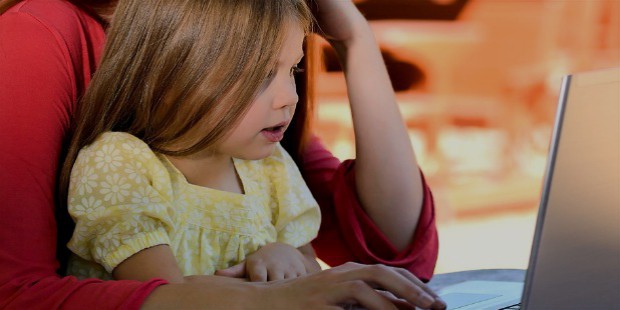5 Ways to Help Your Child Understand Body Language

Communication consists of spoken words, gestures mainly through hands, eyes and a third category called body language. For children, it may be easier to understand spoken words than gestures and body language although they may keep guessing each time someone sends a non-verbal clue through body language.
Body language alone is sometimes used by people to convey their emotions or feelings; sometimes it is also used to supplement verbal communication. Understanding body language is vital for the survival or success of a child later on in life because they convey lot of things beyond words.
Some children may be quick to interpret body language faster than others. Others may need help and the earlier they are taught, the better.
Here are five ways to help your child understand body language better.
1. Teaching Through Photographs

Ask your child to look at photographs of people and try to guess their emotions. For example, raised eyebrows, folded hands, gritted teeth, a smirk, showing open arms, drooping shoulders- all convey a message; find out whether the child has noticed them. Thumbs up, two fingers to form a V shape signify victory and so on. You could give clues and help them find out. This process will help them look for body cues when they interact with others.
2. When Watching Movies, Switch Off the Audio

When watching movies or short films, you can switch off the audio and ask your child to understand their emotions seeing their gestures and body movements. A shrug of a shoulder may convey helplessness or lack of awareness on the topic, a raised finger may convey anger or convey a point. When the atmosphere is hot, people convey it by loosening their clothing and blowing air or using whatever in hand (kerchief) to blow off sweat. A yawn initially shown but hidden by hand indicates boredom or displeasure.
3. Make Them Learn From the Family Itself

Ask your child to observe people who visit them – it could be friends, cousin sisters, brothers or neighbours. Watch the different types of body language they use in daily interactions. Scratching the head denotes doubt or anxiety, tapping the feet may signal discomfort or anxiety. Lack of eye contact, tense smile, turning the head away may signal embarrassment and so on. Tilting the head backwards and putting hands on hips may denote happiness or pride. Similarly crossed legs, hands behind neck and head also convey interest in what is being said.
4. Distance Denotes Emotion

When someone is friendly or attracted to you, they will try to close the distance between you and them. A light tap on the body or arms suggest likeness, so does a warm hug and handshake. A person refusing to smile may be intending to show power or authority; a constant eye contact also suggests dominance.
Ask your child to understand a bad touch and a good touch when it comes to interaction with strangers. Holding hands for a longer time, getting unduly closer- these can be seen as warning signals.
5. Play Dumb Charades

Games are the most effective way to teach children body language. Make teams of two and write various emotions such as anger, happiness, tired, embarrassment, anxiety, fear, sympathy and so and ask them to act it out. The other team member should interpret it correctly to win.
Body language could have subtle differences based on region, language and cultures. However, there are some gestures and body language patterns that are universal. Then there is something unique about each individual which no one else may be having. They fall into the realm of personal kinesics. Understanding body language is not only vital for an effective communication but also for the survival of the child in some situations. Hence, parental effort is required to teach body language skills early in life.









